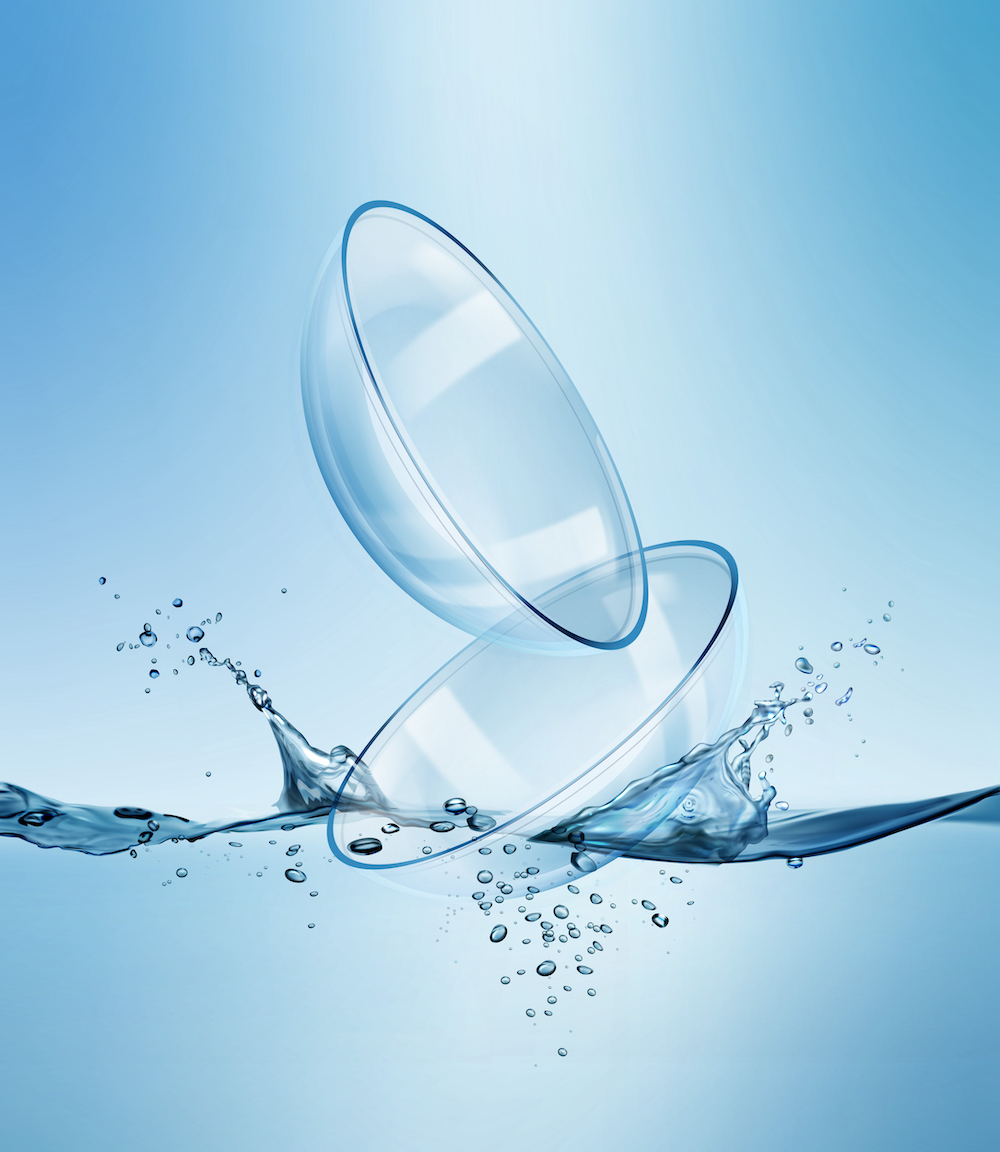
There are many different types of contact lenses, whether they be regular or specialty. Scleral lenses are a form of specialty contact lens. What this means is that they differ from conventional lenses because they are designed to overcome specific issues that make wearing conventional lenses impossible.
Here’s what you need to know about scleral lenses, including the vision issues that they can help you to overcome.
How are Scleral Lenses Different from Regular Lenses?
Traditional contact lenses sit over a part of the eye called the cornea. This is the clear, domed lens that covers and protects the colored part of the eye – the iris. The cornea is also the part of the eye that is responsible for refracting light so that it passes through the eyes. Scleral lenses take their name from the fact that they cover both the cornea and the sclera, which is the white part of the eye. How far they extend onto the sclera will depend on which size of scleral lenses you choose.
Sizes of Scleral Lenses
Scleral lenses generally come in four size options. These are:
Corneo-scleral lenses: 12.9mm to 13.5mm
Semi-scleral lenses: 13.6mm to 14.9mm
Mini-scerlal lenses: 15.0mm to 18.0mm
Full scleral lenses: 18.1mm to 24.0+mm
The larger the scleral lenses are, generally the more stable they are on the surface of the eyes.
The Design of Scleral Lenses
Scleral lenses have unique designs. Rather than sitting flat on the surface of the eyes, they are shaped so that they vault over the corneal surface, leaving a gap between the front of the eye and the back of the lens. The only contact that the lens makes with the eyes is on the sclera. There are several reasons for this:
The gap provides space to accommodate injuries to the cornea or corneal abnormalities, such as bulging
The space acts as a fluid reservoir; trapping tear film which keeps the eyes hydrated and comfortable
What Eye Health Issues can Scleral Lenses Help?
Just like conventional contact lenses, scleral lenses can be used to treat refractive eye errors that fall within specific parameters, including nearsightedness (myopia), farsightedness (hyperopia), presbyopia, and astigmatism. However, they are also particularly valuable for resolving a variety of eye health issues that could prevent someone from wearing traditional contacts. These include, but are not limited to:
Keratoconus - This condition is characterized by the progressive thinning and bulging of the cornea, which causes it to extend outwards in a conical shape. This happens when the fibers that usually hold the cornea in place start to weaken. This bulging can prevent traditional contact lenses from fitting properly. However, the design of scleral lenses can accommodate this abnormality.
Corneal Scarring - If the surface of the cornea becomes injured, such as by a scratch or chemical burn, scarring can develop as part of the healing process. This scarring can make it painful and difficult to wear conventional contact lenses. However, scleral lenses won’t make contact with the surface of the eyes, meaning that they can be worn successfully.
Dry Eye - Also known as dry eye syndrome, dry eye occurs when the eyes fail to make enough viable tear film, or the tear film drains too quickly. The trouble is that contact lenses sit on a coating of tear film covering the eye, which enables them to be comfortable and to move around with your eyes when you look around. The vaulted design of scleral lenses provides a space for the tear film to accumulate, hydrating the eyes and making it possible to wear contacts to correct your vision.
Other corneal abnormalities and ocular surface diseases include:
Pellucid degeneration
Post-radial keratotomy
Ectasias
Ocular chronic graft versus host disease (GVHD)
Sjogren’s syndrome
Corneal exposure
If you’d like more information about scleral lenses, or to schedule an appointment, please call Eyes on You in Portland, Oregon at (971) 252-7500 today.












